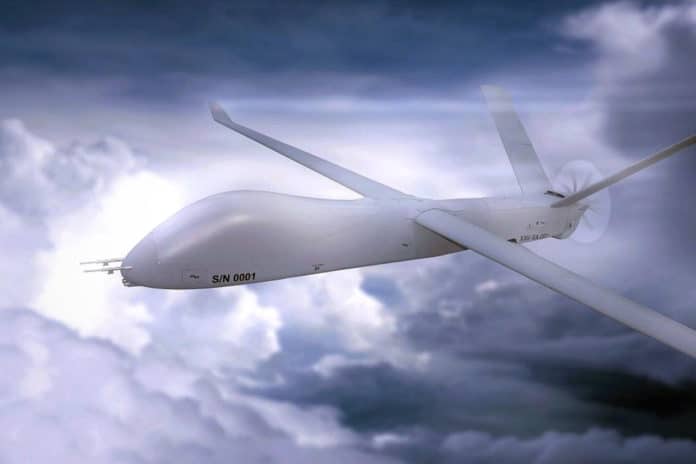The Falco Xplorer drone, Leonardo’s new remotely piloted aircraft, flew for around 1 hour in a dedicated flight area before landing safely. The Trapani airbase, in the extreme west of Sicily, was the place chosen for the first flight of Leonardo’s new drone on January 15.
This UAV is the third evolution of the Falco family, which includes Falco itself and the evolved Falco EVO, which offers up to 15 hours of autonomy.
First launched last year at the Paris Air Show, the Falco Xplorer can fly continuously for more than 24 hours, with a payload of 350 kg. Its maximum takeoff weight is 1.3 tons (1180 kg) and can operate at more than 24,000 feet. The Italian company offers the UAV with its Gabbiano T-80 radar, SAGE electronic intelligence system, an Electro-Optical (EO) turret, and a hyperspectral sensor for pollution control and agriculture development.
For civil and military clients, the new Remotely Piloted Air System – RPAS will have satellite navigation. The pending flight tests will aim to check all its capabilities and those of its systems and sensors in order to certify it under the NATO STANAG 4671 standard, significantly expanding the territory on which the drone can operate.
The manufacturer has said that the Falco Xplorer is not currently subject to the restrictions of the International Weapons Traffic Regulation (ITAR), it is available for export worldwide. The UN and the European Union border protection agency, Frontex, are already some of Falco’s current clients, while it is believed that potential clients may be Jordan, Saudi Arabia, Pakistan, and Turkmenistan.
